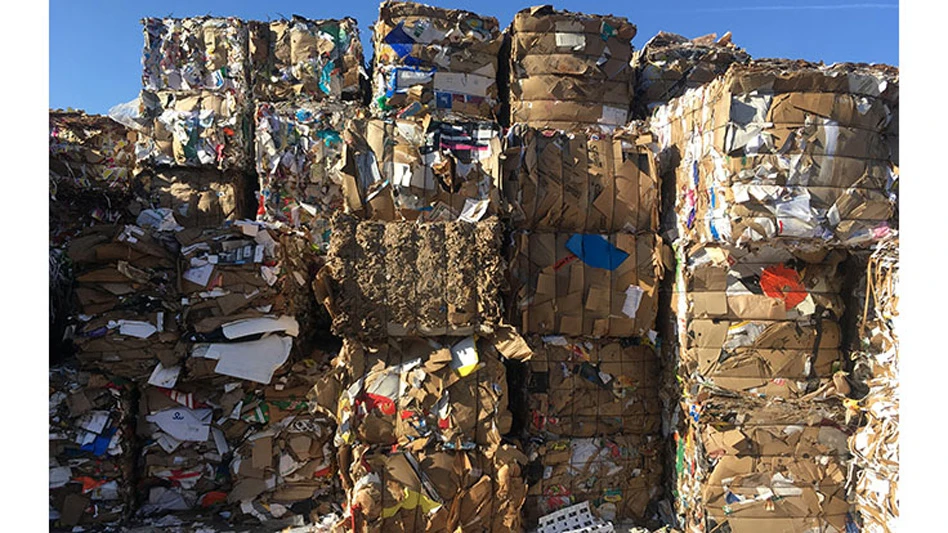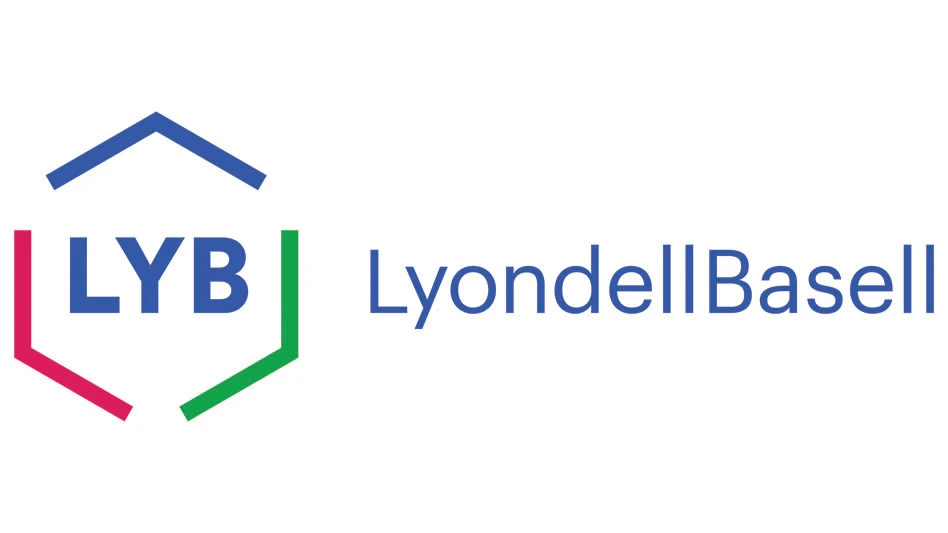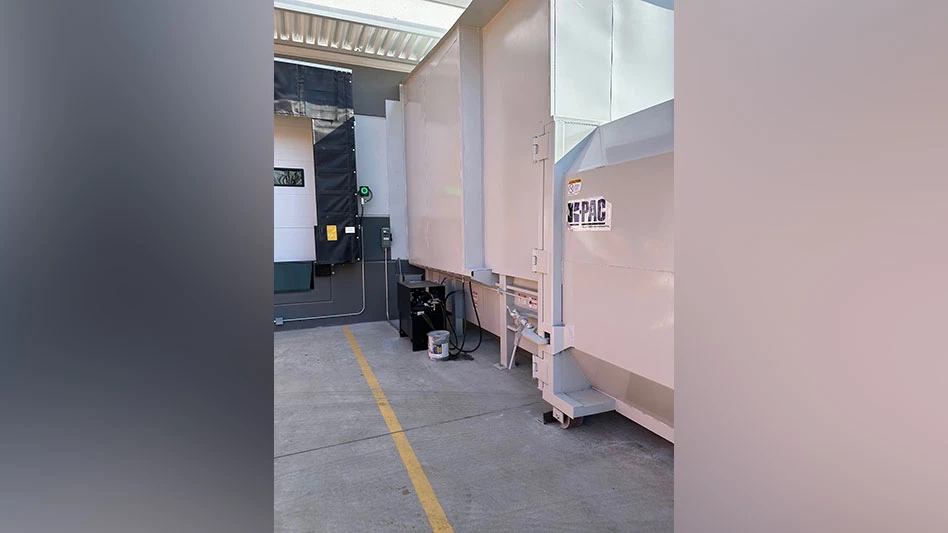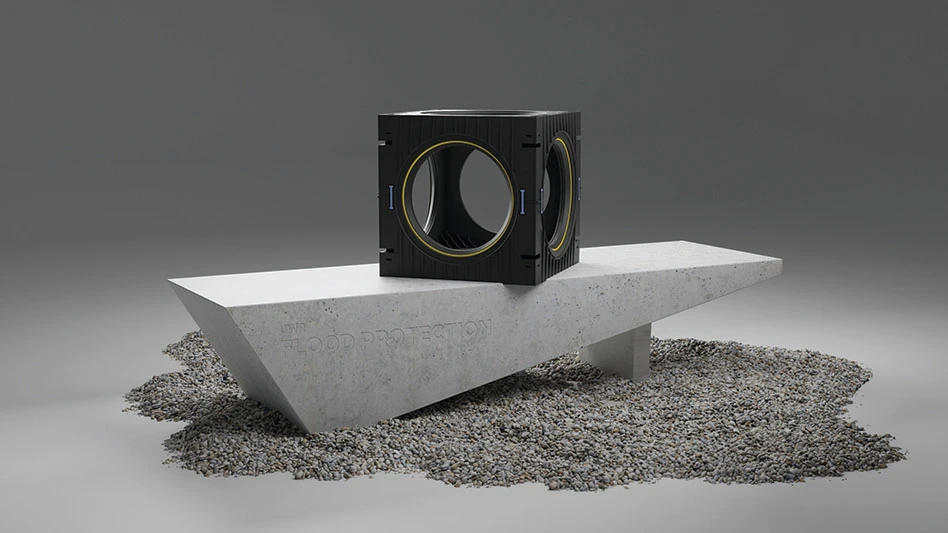
Recycling Today archives
A European paper and board industry that suffered from production cuts in 2023 consumed less recovered paper last year compared with 2022, leaving the door open for a 33 percent increase in scrap paper exported from Europe in 2023 compared with the prior year.
A 2023 statistical report prepared by the Brussels-based Confederation of European Paper Industries (CEPI) shows nations in the CEPI region shipped out more than 9.4 million metric tons of recovered paper last year, a 33 percent jump compared with less than 7.1 million metric tons exported the previous year.
The increase in global scrap paper trade from Europe counters a trend seen in the United States, where recovered paper exports dropped 18 percent last year and continue to fall in early 2024, according to the Washington-based Recycled Materials Association (ReMA).
At news briefing held July 8, CEPI Director General Jori Ringman and Trade and Industrial Policy Director Bernard Lombard portrayed a European paper industry that was beset with high operating costs and an overhang of inventory in 2023, contributing to slashed mill output.
The CEPI region’s paper and board output was down across all sectors in 2023, with year-on-year output reductions of 9.5 percent in packaging grades, 4 percent in tissue grades and 24.2 percent in graphic paper grades. (The CEPI region, which includes more than 850 mills, does not align perfectly with the European Union, though most EU nations are included, as well as Norway and the United Kingdom.)
According to CEPI, Europe attained a 79.3 percent recycling rate for discarded paper and board in 2023, with 82 percent of that material consumed in Europe and 18 percent exported beyond the CEPI region. Lombard said just 14 percent of Europe’s collected recovered paper was exported in 2022.
“We have been doubling our recycling since the 1990s,” Ringman said of the CEPI’s region’s recycling performance, adding that the 2023 result was another record for Europe.
The vast majority—more than 88 percent—of the CEPI region’s recovered paper exports went to Asia, with non-CEPI European nations receiving most of the rest. The roster of non-CEPI European nations includes Turkey, which received about half of that fraction of the exports, according to CEPI.
Another bright spot for Europe’s forest products industry has involved China’s demand for market pulp from the region. Chinese mills, less able to import old corrugated containers (OCC) and other scrap paper grades because of a questionable environmental policy, instead contributed to the global demand for more than 7.8 million metric tons of market pulp that left Europe.
Market pulp exports from the CEPI region increased by 47.8 percent in 2023, mainly driven by China’s growing demand, Lombard said.
At the briefing, Ringman and Lombard indicated conditions for CEPI paper and board producers could be shaping up differently this year, although the problem of high energy costs remains.
Lombard said 2024 has started on a "much more positive note” for European paper and board producers, with production up by 6.6 percent in the first quarter compared with last year’s first three months.
CEPI is among trade groups in Europe lobbying for what Lombard called an “Industrial Deal” to go along with the EU’s Green Deal.
Regarding that pitch, Ringman said, “We expect legislation that is more investment friendly” that can help the investment cycle catch up with what has been a faster paced legislative cycle and ideally scale back on regulatory requirements. “We know Europe loves red tape, but nobody needs that much."
Latest from Recycling Today
- Enfinite forms Hazardous & Specialty Waste Management Council
- Combined DRS, EPR legislation introduced in Rhode Island
- Eureka Recycling starts up newly upgraded MRF
- Reconomy Close the Gap campaign highlights need for circularity
- Nickel carbonate added to Aqua Metals’ portfolio
- EuRIC, FEAD say End-Of-Life Vehicle Regulation presents opportunity for recyclers
- Recyclers likely to feel effects of US-China trade war
- BCMRC 2025 session preview: Navigating battery recycling legislation and regulations






